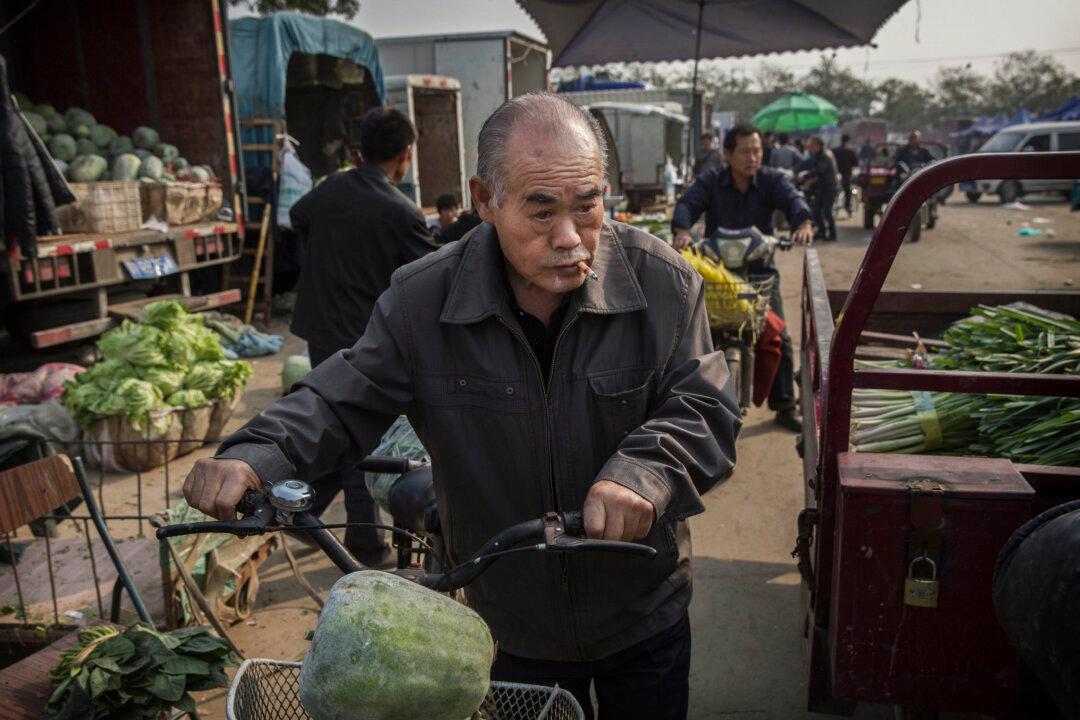News Analysis
The topic has been discussed in parks and tea parlors across China for a decade. The delay in China’s official national retirement age is now almost a certainty.

The topic has been discussed in parks and tea parlors across China for a decade. The delay in China’s official national retirement age is now almost a certainty.